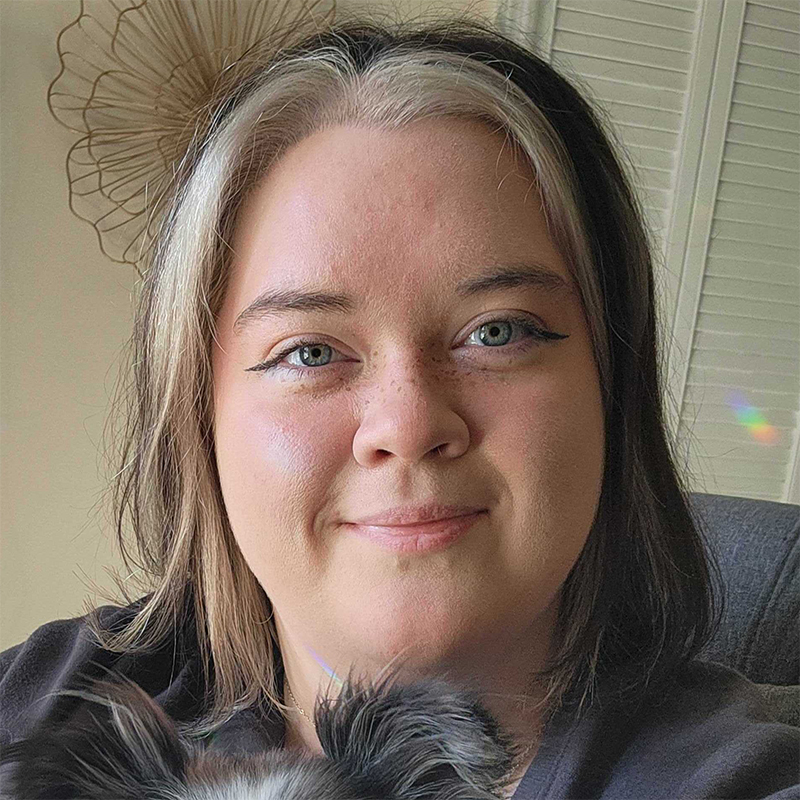If you are considering taking out a universal life insurance policy, you should be familiar with all of the terms associated with this type of life insurance before you sign any paperwork. Here is a look at ten of the most important terms you should know.
- Universal Life Insurance: This is a type of permanent life insurance that is used in the United States. Universal life insurance provides low-cost protection, but also assists in saving money through cash buildup. Unlike other types of life insurance, the policy can change as major life events occur.
- Policy Owner: A policy owner is the person who owns and controls the life insurance policy. Keep in mind that the policy owner may not be the same as the person who is insured by the policy. An example of this would be if a wife owned a policy for her husband. The policy owner can change beneficiaries and get policy details when needed.
- Premium: The premium is the amount you pay for your universal life insurance policy. Most premiums are paid monthly, although some companies allow you to pay annual prices instead. The cost of your premium will depend on what you want to be covered and any additional benefits you may choose to include.
- Beneficiary: The beneficiary is the person who will receive the life insurance payout in the event of the insured person’s death. If the policyholder decides, there can be multiple beneficiaries with varying payout amounts. For example, if a father dies, one of his children may receive 40% whereas another may receive 60%.
- Death Benefit: The death benefit is the amount paid to the beneficiary when the insured person passes away. Most policies present the amount as a percentage. For example, a beneficiary may receive 80% of the insured’s monthly pension. The death benefits may also be paid out in one lump-sum.
- Cash Value: Universal life insurance policies will have a “cash value,” which means that there is a certain amount of money that is put towards the policy to help it grow. The cash value can be withdrawn from the policy and act as a loan under certain circumstances. In most situations, the cash value can equal the amount of insurance outlined in the policy.
- Accelerated Death Benefit: If the insured person becomes terminally ill, you may need to withdraw death benefits before the insured’s death to pay for hospice care. Some insurers now refer to accelerated death benefit as the “living benefit.” While it’s usually a free feature, you can ask the insurer whether or not it’s included in the policy.
- Rider: A rider in a universal life insurance policy is an add-on that provides additional benefits or coverage for an extra cost. The cost usually depends on what type of rider you need to include with your policy. An example of a common rider is “waiver of premium.” This is activated when someone becomes permanently disabled or cannot work, so their premium may be waived.
- Underwriting: When a life insurance company evaluates the risk of insuring someone, this is called underwriting. Underwriting must occur before most insurance companies will choose to insure you. This process assists insurance companies in determining the price of each person’s life insurance.
- Lapse: If you fail to pay your premiums or the cash value of your policy falls below the amount necessary to keep the policy valid, your insurance will terminate and you’ll no longer have coverage. Many companies are now promising a no-lapse guarantee to avoid lack of coverage for their clients.



